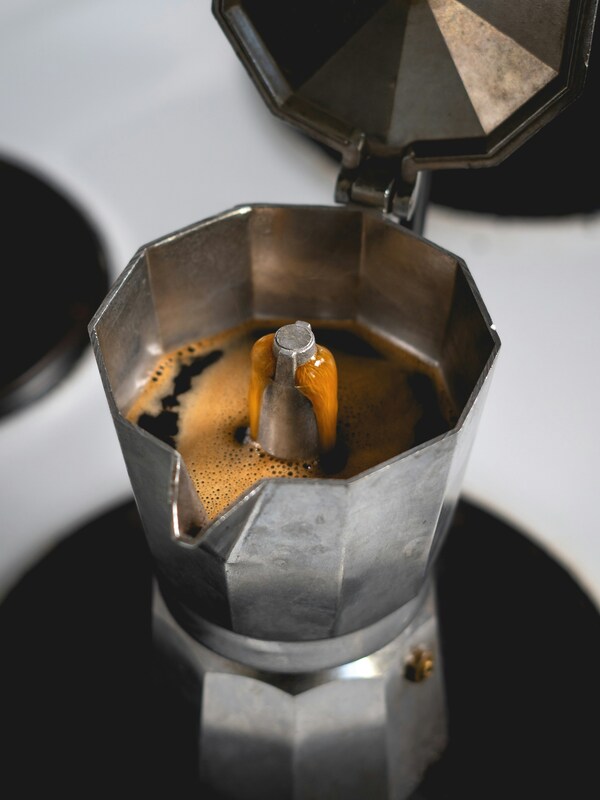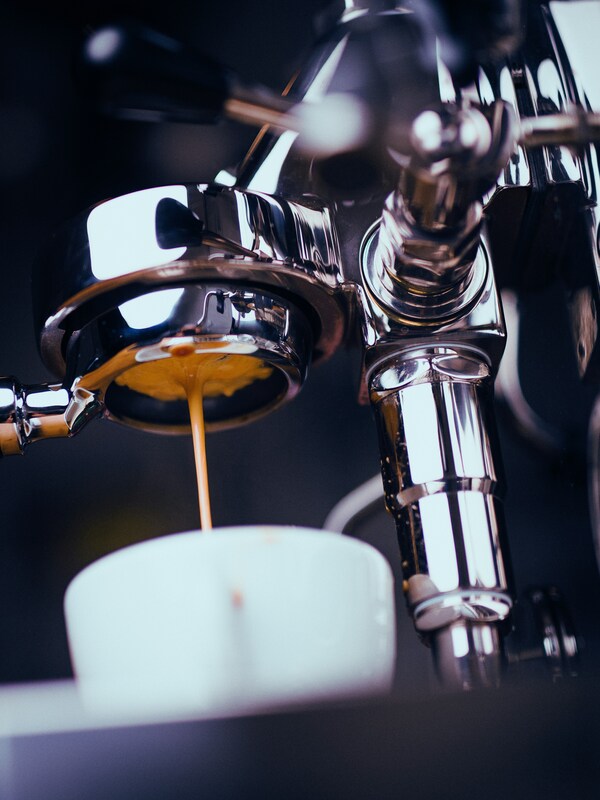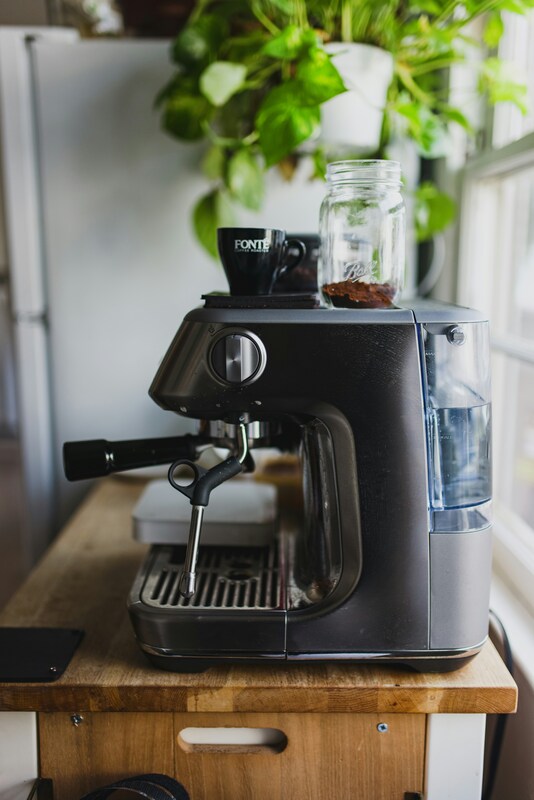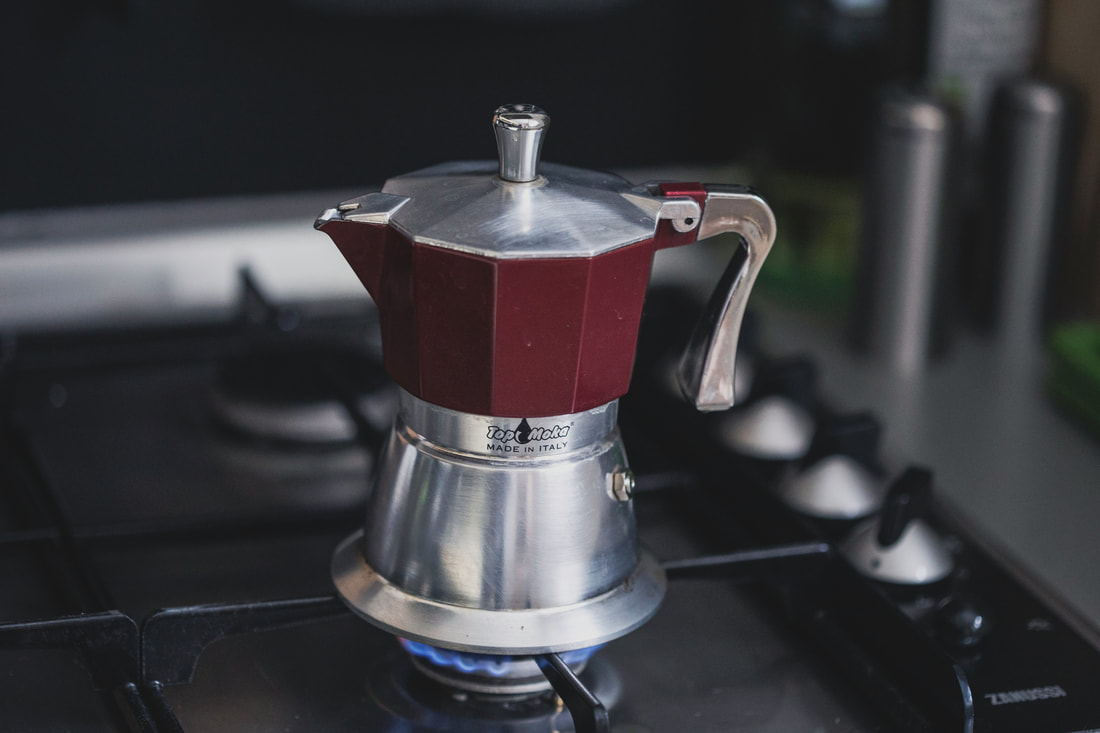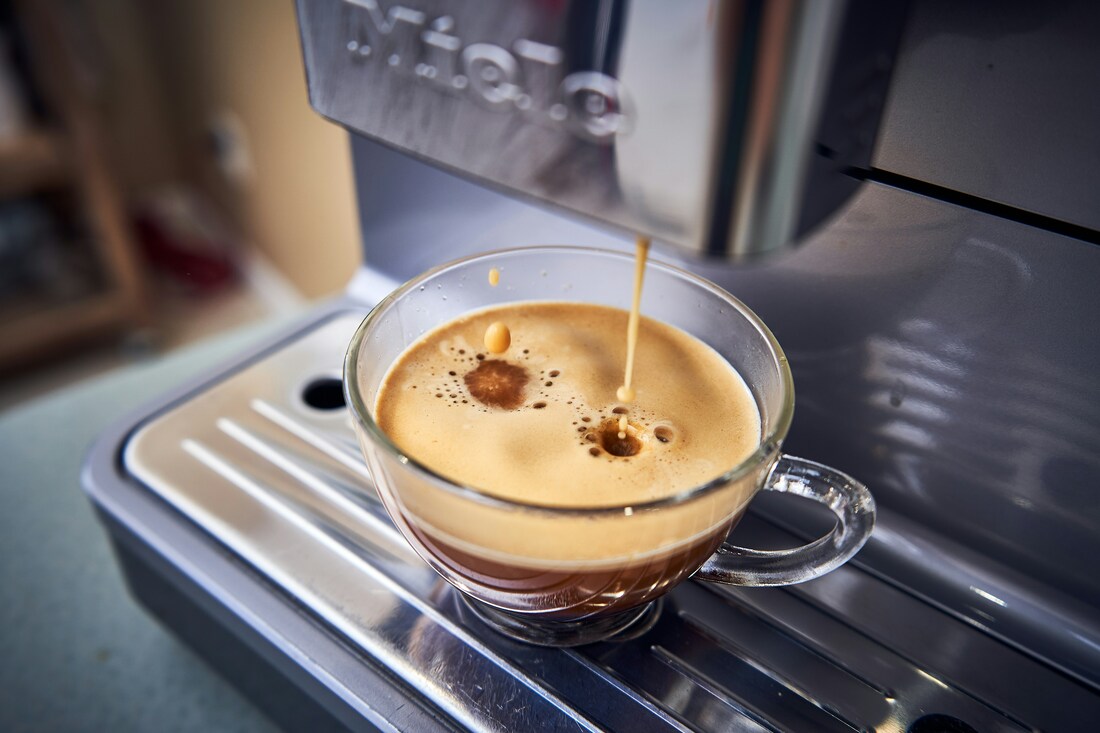|
🛠️ Core Mechanisms of Coffee Brewing
Every coffee maker relies on a few core variables:
|
🧩 Types of Coffee Makers (Categorized Uniquely)🔄 Flow-Based Machines (Gravity & Drip)These use gravity to let hot water drip through coffee grounds.
🌊 Immersion BrewersHere, water and coffee mix directly and steep over time.
|
|
🚀 Smart Coffee MakersJust like everything else, coffee makers are getting smarter:
|
💨 Pressure BrewersThese use pressurized water or steam to extract bold, intense coffee.
Cycle-Based SystemsMachines that cycle boiling water through grounds repeatedly.
|
🧴 Material Matters: Why the Right Material Enhances Your Brew
What Determines Brew Strength?
- Stainless Steel: Known for heat retention and durability, this material is often used in high-end espresso machines and French presses. It’s sturdy, long-lasting, and doesn’t impart any flavors into your coffee.
- Glass: Common in pour-over, Chemex, or siphon brewers. Glass allows you to see the brewing process, ensuring you have control over the experience.
- Ceramic: Ideal for slow-brewing methods like pour-over (e.g., Hario V60). Ceramic retains heat better than plastic, leading to more consistent brewing temperatures.
- Plastic: Lightweight and cheaper, but may impart undesirable flavors over time, especially if used for long periods.
- Aluminum: Light but conducts heat poorly unless treated. Common in moka pots.
What Determines Brew Strength?
- Grind size: The finer the grind, the faster and more intense the extraction. A coarse grind leads to a smoother, less intense coffee.
- Brew time: Longer extraction times (as in French Press or Cold Brew) produce stronger, fuller-bodied coffee.
- Water temperature: Higher temps extract more oils, contributing to richer, bolder flavors.
- Coffee-to-water ratio: Using more coffee relative to water will yield a stronger brew.
